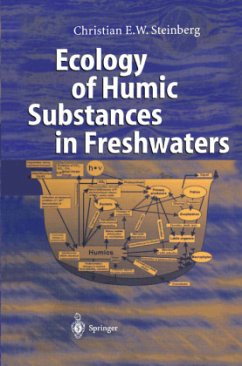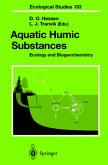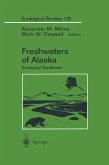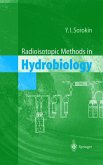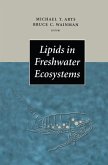Humic Substances color all waters more or less brown. Their concentrations exceed all carbon of living organisms by at least one order of magnitude. Opposite to former paradigms, they participate in almost any metabolic pathway. They protect against UV-irradation, enable indirect photolysis and, thus, purify hazardous chemicals, they provide inorganic and organic nutrients, may form cryptic genes with DNA and dampen metabolic fluctuations. More recently they can increase adverse effects of hazardous chemicals and they can directly interfere with organisms. The book tries to relate effects to structural features. There are already some multi-author books concerned with humic substances on the market which cover the chemical and geochemical aspects. Their main focus is on soil science, but also includes freshwater ecology and chemistry. In exisiting publications the interaction of humic material with acquatic organisms is not dealt with in depth, being regarded as an indirect effect. In this book, however, the author considers the geochemical as well as the physiological and ecotoxicological effects from a unique angle, thus avoiding breaks between chapters which is frequently the case in multi-author books.

